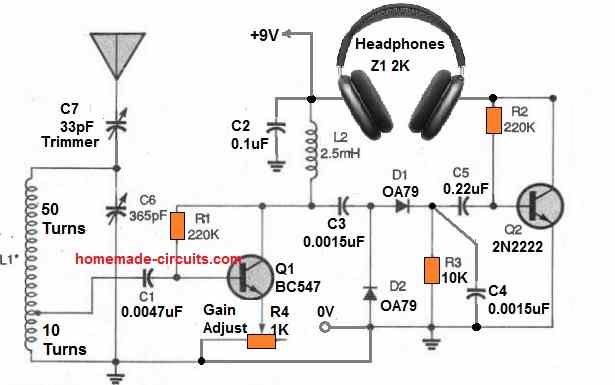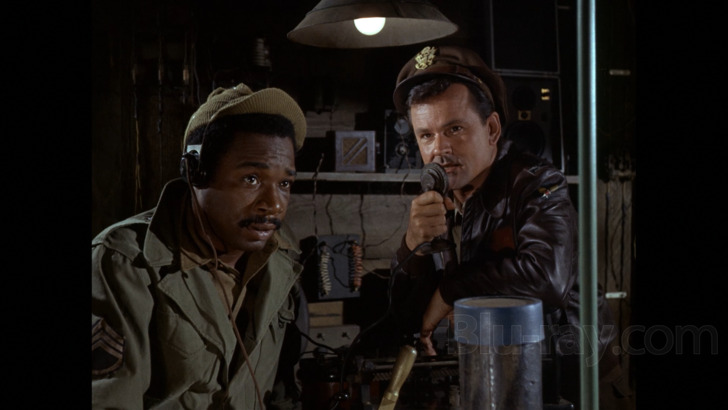Hi Serrano

I hope by now that you may have found some information that you and your team need for this assignment.
I am not quite sure if this transmitter/receiver is to be a project that is a design you and your group comes up with, or is it simply assembling a kit of parts-- with a minimal of understanding required.
I am going to assume its the former-- and-- once upon a time----
---- as a teaching assistant (those notorious"TA's"} I would require that my students be able to explain to me what they had done, how they did it and how it works.
The QCX transceiver is an excellent, easy way if its building a radio. But will you be able to explain it to your 'powers-that-be ?" - if that be a requirement ?
What I am going to suggest is rather radical, in this age of microprocessors, surface mount technologies etc.
I am going to suggest you do it with tubes.
Old ARRL Handbooks are full of simple tube transmitter and regenerative receivers projects. They can be 'bread boarded" on pieces of pine board --or you can get fancy and use aluminium chassis's etc.
Yes yes, you may be labelled a dinosaur, but I guarantee you that it will not only be fun, but quite easy and you will learn plenty.
A little too "retro ?" Then use discrete devices like transistors
(I could build you a QRP CW 160 metre transmitter with a crystal, a variable capacitor and some 2N2222 transistors in about two hours

.}
____________________________________________________________________________________________________________
Years ago my lab used to sponsor high school science departments, and in one of those schools there was a radio club.
These were the brightest of the bright STEM students- and they were always a pleasure to counsel-- though often they were a little to bright. Coming up with interesting challenges for them was not easy.
Somewhere in these forums I posted about one of these challenges -- one almost exactly like your assignment---
My challenge to them was to come up with a station based on some AM broadcast kitchen radios and other scrounged parts that they could make talk to other amateurs (as if this were a SHTF scenario.)
This Posting I sadly

can't find**---- but in essence --
They tuned one of the AM radios up to 1800 KHz, and using another for parts, they construct'd a modulated oscillator/transmitter.
With the assistance of other neighboring ham stations about 20-30 miles away they made 2-way QSO's, and won my challenge (the prize was lunch at a fancy Mexican restaurant.)
Does this give you any ideas ? I hope so

Lauri

________________________________________________________________________________________________________________________
** It was a few years ago but I can't remember where I posted it in here-------------sighs
.







